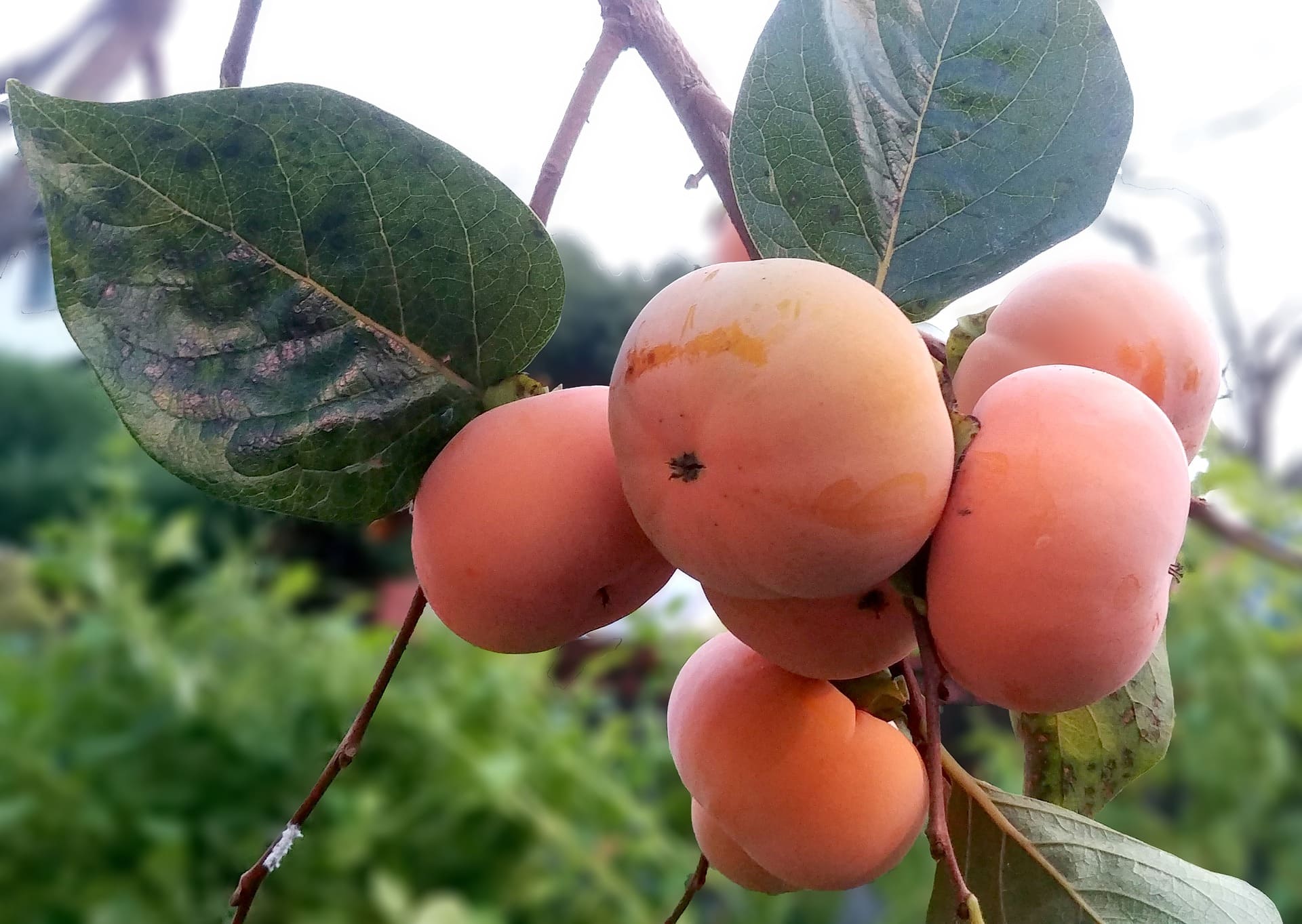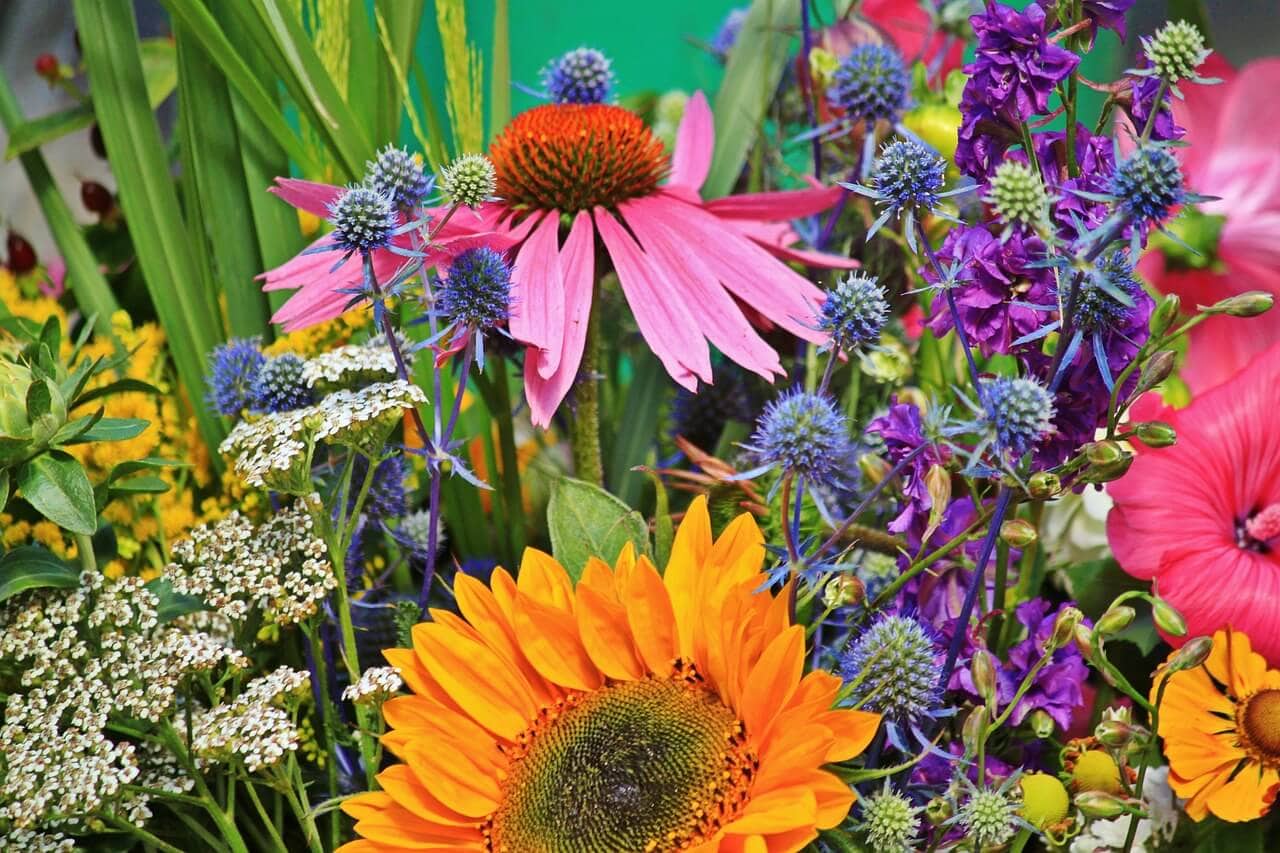This post may contain affiliate links. Probably doesn’t, but it might. It doesn’t cost you anything extra but if you use these links to buy something, we may earn a commission.
I have taken the last of the persimmons in to my mother to be turned into persimmon bread. We had a fresh batch of persimmon jam made. And you (and I) had the opportunity to eat wonderful, fresh persimmons. I keep thinking I will do something fancy, but then I pick one up and it’s in my mouth. Maybe next time.

I first planted persimmons over 15 years ago, when I found a variety that was supposed to grow in our area. It took about 6 years before we got any persimmons. And now the trees produce reliably well. We have planted additional trees, because, hmmm, many of you decided you like persimmons as well. We are thrilled that we can grow persimmons without any sprays, even organic sprays, which fits with our mission of growing green and clean.
My first introduction to a persimmon was a Hachiya-type persimmon. Beware! These are fabulous when fully ripe, but they cause an unpleasant puckery-y sensation around the lips if not ripe, due to a high tannin content. The tannin dissipates as the fruit ripens. This is the persimmon commonly grown in China, Japan, and Korea. It typically has a dark orange skin and a pointed end. Remember, must be soft as jelly!
And then I met the Fuyu-type persimmon—more forgiving to those who are not experts in persimmon. It is flatter in appearance and a lighter orange skin color. These persimmons can be eaten when firm, although they are sweeter when they are soft. Usually, the Fuyu persimmons do not have a core nor seeds, so eating is very easy.
People have thought that the Latin name, diospyros kaki, meant divine fruit… but it does not. However, that does not change the fact that persimmons taste divine! There is a native US variety (D. virginiana), which was known to Native American tribes, and used throughout many regions of the country. This is an astringent variety, like the Hachiyas, and contains a large seed. These persimmons were used dried or as an ingredient in bread, and called “pessamin” or “putchamin” in Algonquin. The word persimmon is derived from pessamin. The seeds were roasted and used as a coffee substitute during the Civil War–even though the seeds are caffeine free.
The Asian persimmons originated in China over 2000 years ago, traveled to Japan and Korea quickly. They came to the United States in the early 19th century from Japan, courtesy of Commodore Matthew Perry. They came to be called “Japanese Persimmons” as a result. With the influx of immigrants in the 19th century, more persimmon varieties were brought to the United State.
Our persimmon trees at Highland Orchards are self-fertile with large creamy flowers, and the trees have large oblong, glossy leaves that turn orange and amber in the fall before dropping. Often, the persimmons hold onto the branches longer than the leaves! Technically a berry, the persimmon grows to about 3” in diameter. Persimmons are nutritious, high in vitamin C and calcium as well as fiber. But the main reason to eat them…. divine flavor!
~ Ruth





